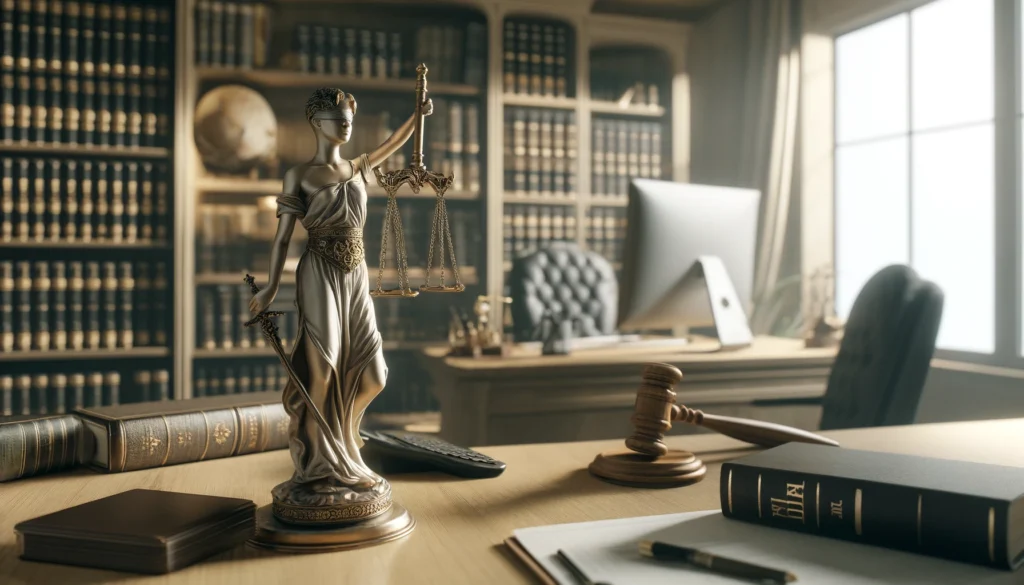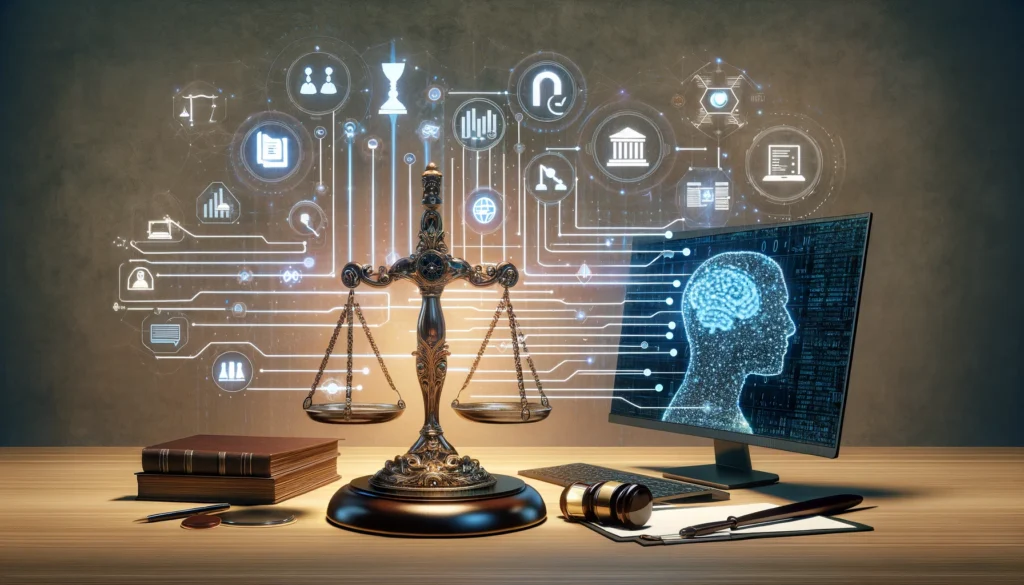
Unlocking Potential: The Role of AI in Corporate Board Resolutions
Corporate governance relies heavily on well-structured board resolutions. These resolutions are pivotal in defining the direction, strategy, and oversight of a corporation. Leveraging Artificial Intelligence (AI) tools like ChatGPT can radically transform legal tasks associated with drafting, reviewing, and optimizing these documents, presenting a new frontier for efficiency and precision.
Laying the Groundwork: Understanding Corporate Board Resolutions
To fully appreciate AI’s utility, one must understand what constitutes a corporate board resolution. These resolutions are formal documents that record decisions made by the board of directors. Whether it’s a resolution to approve financial statements, appoint officers, or authorize transactions, these documents encapsulate the board’s decisions in a legally binding manner.
Common types of board resolutions include:
- Ordinary Resolutions: Routine decisions that require a simple majority vote.
- Special Resolutions: More significant decisions often requiring a supermajority or even unanimous consent.
- Written Resolutions: Adopted outside of formal meetings, typically requiring the signature of all board members.
Understanding the variances in type and format is essential to appreciate how AI can optimize the creation and review process.
Meet Your Assistant: The Essence of ChatGPT in Legal Workflows
Enter ChatGPT, a cutting-edge Large Language Model (LLM) developed by OpenAI. ChatGPT excels in natural language processing and can understand and generate human-like text based on the inputs it receives.
The unique capabilities of ChatGPT in drafting and optimizing board resolutions include:
- Text Generation: Ability to draft initial versions of documents.
- Language Simplification: Making complex legal jargon more understandable.
- Text Analysis: Reviewing existing texts for consistency and completeness.
This unparalleled syntactical flexibility makes ChatGPT an invaluable resource for legal professionals seeking to enhance their workflow.
Next, we’ll delve into the mechanics of crafting prompts that extract the highest quality outputs from ChatGPT.
Crafting Precision: Designing Effective Prompts for ChatGPT
Prompt engineering stands at the core of maximizing the utility of ChatGPT. High-quality outputs stem from well-constructed inputs.
Techniques for Effective Prompt Engineering:
- Specifics vs. General Queries: Being precise in requests, e.g., “Draft a resolution to approve the annual budget” vs. “Write something about budgets.”
- Context and Conditional Logic: Providing context enhances output relevance, e.g., “Assume the resolution is for a healthcare company assessing a merger scenario.”
To illustrate, here are sample prompts:
- Initial Draft: “Draft a board resolution to appoint Jane Doe as the new CFO, emphasizing her qualifications and intended start date.”
- Review: “Review the following resolution for clarity and accuracy,” followed by the text of the document.
- Alternate Phrasing: “Provide three alternative phrasings for the resolution’s closing paragraph.”
- Simplification: “Rewrite this resolution in layman’s terms while preserving legal accuracy.”
Effective use of ChatGPT begins with the right prompt; a well-constructed query can significantly enhance the quality of generated content.
Next, we explore integrating ChatGPT into your daily legal tasks for a seamless workflow.
Workflow Magic: Integrating ChatGPT into Your Daily Processes
Integrating ChatGPT into routine processes can streamline legal workflows effectively. Strategies include:
- First Drafts: Use ChatGPT to generate initial drafts, significantly reducing the time required for routine documentation.
- Proofreading: Deploy ChatGPT for proofreading, spotting inconsistencies or errors early.
- Final Reviews: Utilize AI for polishing final versions, ensuring document consistency and flow.
Integration requires minimal setup and can yield significant gains in efficiency. This sets the stage for understanding how to ensure accuracy and compliance.
Guardrails: Ensuring Accuracy and Compliance
While AI offers tremendous benefits, ensuring the accuracy and compliance of AI-generated content is paramount. Implementing checks and balances involves:
- Human Oversight: Always have a legal professional review AI-generated drafts.
- Cross-referencing: Compare AI outputs with existing standards and regulations.
- Version Control: Keep track of changes to maintain a clear record of document revisions.
Combining AI outputs with human expertise ensures legal precision and adherence to corporate governance standards.
Efficiency doesn’t end here; discover further ways to save time with ChatGPT in the next section.
Efficiency Amplified: Tips and Tricks for Saving Time
Optimizing workflows with ChatGPT can be enhanced through:
- Quick Commands: Familiarize yourself with shortcut commands for faster input.
- Templates: Use pre-set structures or templates to streamline repetitive tasks.
- Custom Commands: Develop custom macros or commands suited to specific needs.
These tips can significantly cut down the time required to complete routine tasks, freeing up lawyers to focus on more complex issues.
Finally, let’s explore the future landscape of AI in legal tech.
Future Frontier: Evolving with the AI Landscape
Staying updated with advancements in AI is crucial for maintaining a competitive edge. Future potentials include:
- Enhanced Context Understanding: Improvements allowing deeper contextual analysis.
- Automated Compliance Checks: AI embedded with regulatory compliance checks.
- Predictive Analytics: Utilizing AI to predict legal outcomes and advise on strategic decisions.
Monitoring these trends ensures that legal professionals can continuously leverage AI’s evolving capabilities for maximum efficiency and accuracy.
In summary, integrating AI tools like ChatGPT into corporate board resolution workflows not only enhances efficiency but also ensures a higher degree of precision and compliance, heralding a new era in legal tech.


